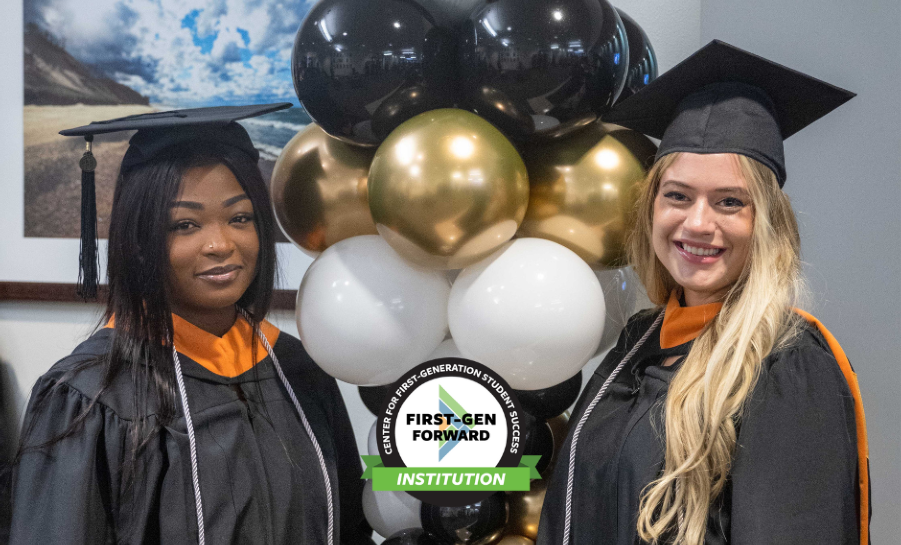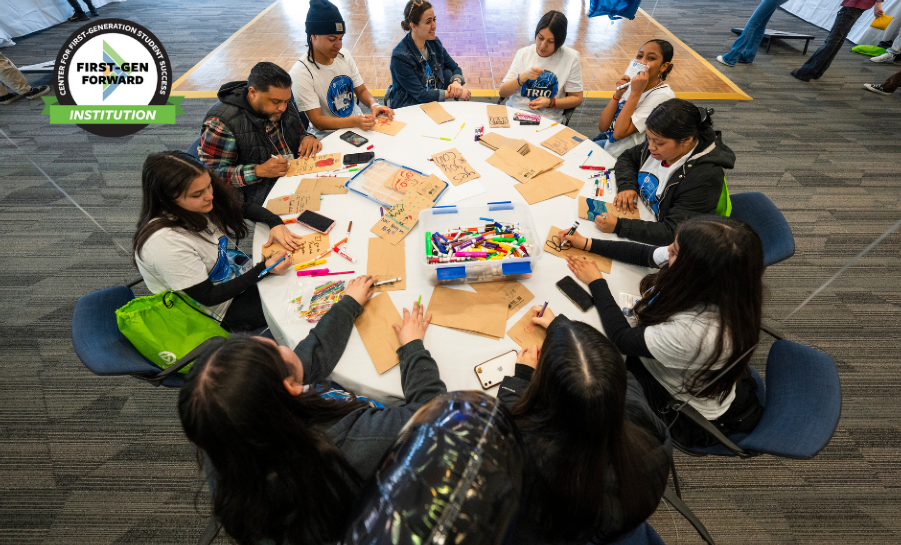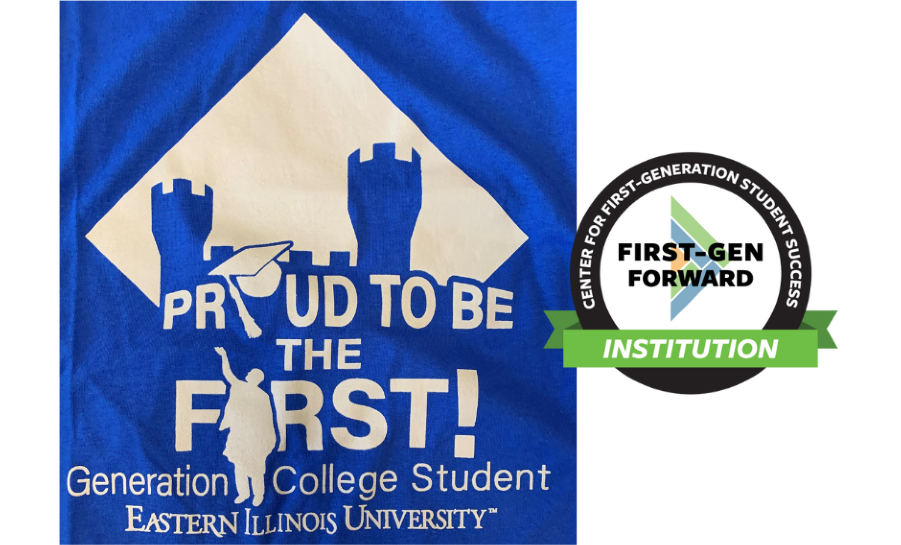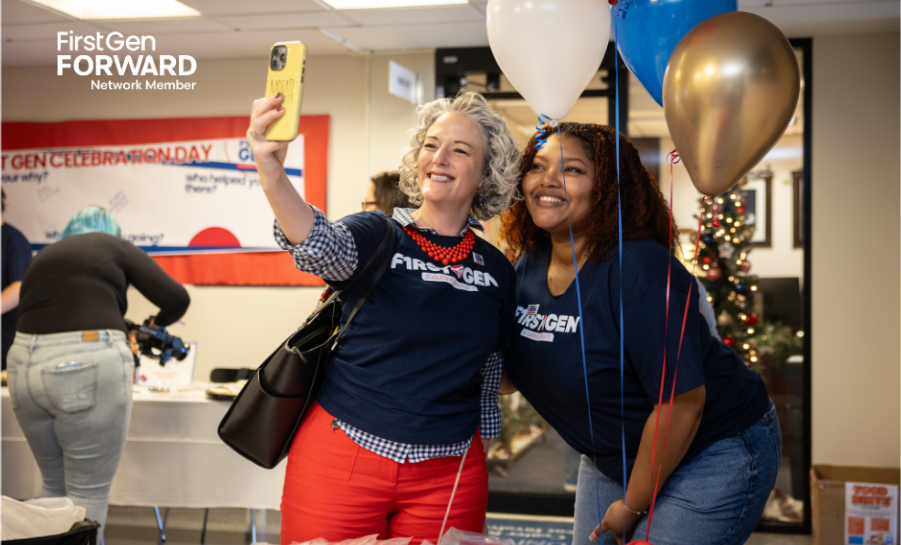Hidden Diversities & Hidden Messages
Chris Grant, Emerson College / FirstGen Forward / November 02, 2022
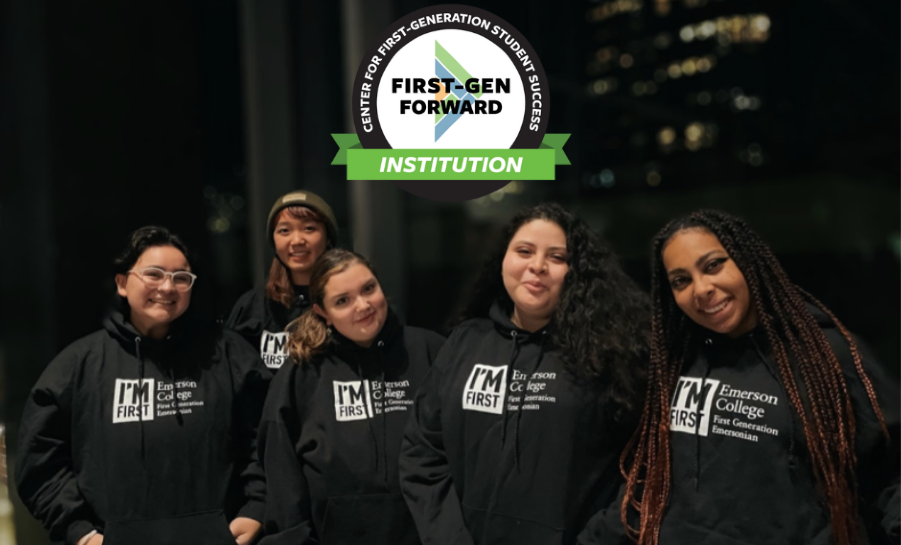
The recent cinematic universes have caused audiences to look closer at movies. We no longer watch movies or TV shows on the surface level but analyze every word and small detail in the background. The ‘hidden messages’ are called easter eggs and provide knowledgeable fans with more depth to the content. But unless you understand what to look for, casual watchers can feel lost, as if they missed out on an inside joke. This same feeling is shared by most students when they enter college. Each institution has its own universe with rules, language, and systems long established before our students even apply. How do we help students adapt to this universe? Or, how does the institution make itself more accessible?
Students who identify as first-generation or low-income have "hidden diversities.” According to Bethel and Van Reken (2003), hidden diversity is a “diversity of experience that shapes a person’s life and world view but is not readily apparent on the outside, unlike the usual diversity markers such as race, ethnicity, nationality, etc.” While colleges have methods of identifying these students through their admissions application or FAFSA, they cannot be identified by the naked eye. Additionally, these students are often grouped in the ‘marginalized student’ category because they are underrepresented at their institution. Marginalized students can feel disconnected and experience imposter syndrome at some point in their journey because the environment unintentionally caters to the majority. It is then the institution's responsibility to create a space where those hidden diversities can be acknowledged and valued.
Marginalized students can feel disconnected and experience imposter syndrome at some point in their journey because the environment unintentionally caters to the majority.
In 2018, the Office of Student Success started a resource for students who self-identify as first-generation and/or low-income (called FLI - First Gen/Low Income Program) at Emerson College, but our students built our foundation. Emerson is a private liberal arts college with majors in the arts and communications. Our students are very outspoken and passionate about both their fields and having a lasting impact. This passion led our students to create a first-generation student organization that would help define the FLI program. The students built a safe space where they could share experiences and resources. Through their interactions, they noticed that they could all use extra support navigating systems such as the FAFSA, academic resources, wellness services, and career opportunities. The First-Gen/Low-Income (FLI) program continues to assist students with Emerson’s resources and services and identify the systemic barriers that impede student success. The program hosts monthly workshops on various topics and provides guidance. The program directors also note shared struggles to advocate for systemic changes for better access.
Institutions and students both have hidden characteristics that can be mutually beneficial. First-Generation and low-income students can change their family's lives with access to education that leads to a meaningful career. Institutions can grow by reforming their resources and services to benefit ALL students. By focusing on their underrepresented and marginalized population, institutions can create a space that is more inclusive and students feel accepted.
Reference: Bethel, P.M. & Van Reken, R. E. (2003). Hidden Diversity in a Globalizing World. Retrieved from https://hiddendiversity.wordpress.com/about/
